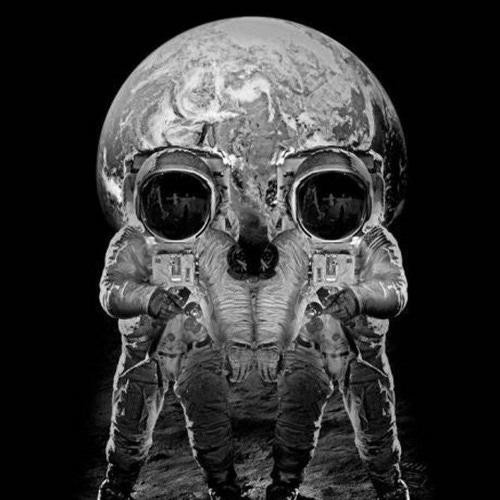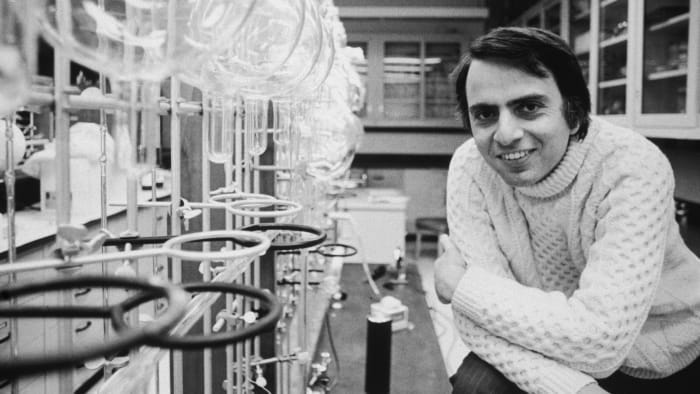The Moon That Almost Wasn't: America’s Secret Nuclear Plan
The Classified Cold War Plan to Detonate a Nuclear Bomb on the Lunar Surface
Picture this: It’s 1958. The Soviet Union’s Sputnik satellite has just pierced the night sky, and America is scrambling. In a classified room near Chicago, a group of scientists and Air Force officers huddle over blueprints—not for a rocket, but for a nuclear detonation on the Moon. Project A119 wasn’t science fiction. It was a real plan, born of Cold War panic and unchecked ambition. The goal? To ignite a mushroom cloud visible from Earth—a cosmic flex of military might. What’s chilling isn’t just the audacity, but how close it came to reality.
1: The Silence That Nearly Broke
Secrecy was absolute. Scientists worked in isolated labs, their notes stamped “TOP SECRET.” Even discussing the project outside secured rooms risked treason charges. Then, in 1959, a young Carl Sagan—tasked with modeling the bomb’s radioactive dust cloud—made a near-fatal slip. During a fellowship interview at Berkeley, he hinted at his involvement. Air Intelligence got wind of it.
Sagan was summoned, threatened with career annihilation and prosecution. Only his irreplaceable calculations saved him. Documents show redacted warnings in his file: "Compromise unacceptable." Had he leaked further, global panic could’ve ignited. The Soviets might have accelerated their rival project, E-4. The Moon hung in the balance, hostage to human whispers.





